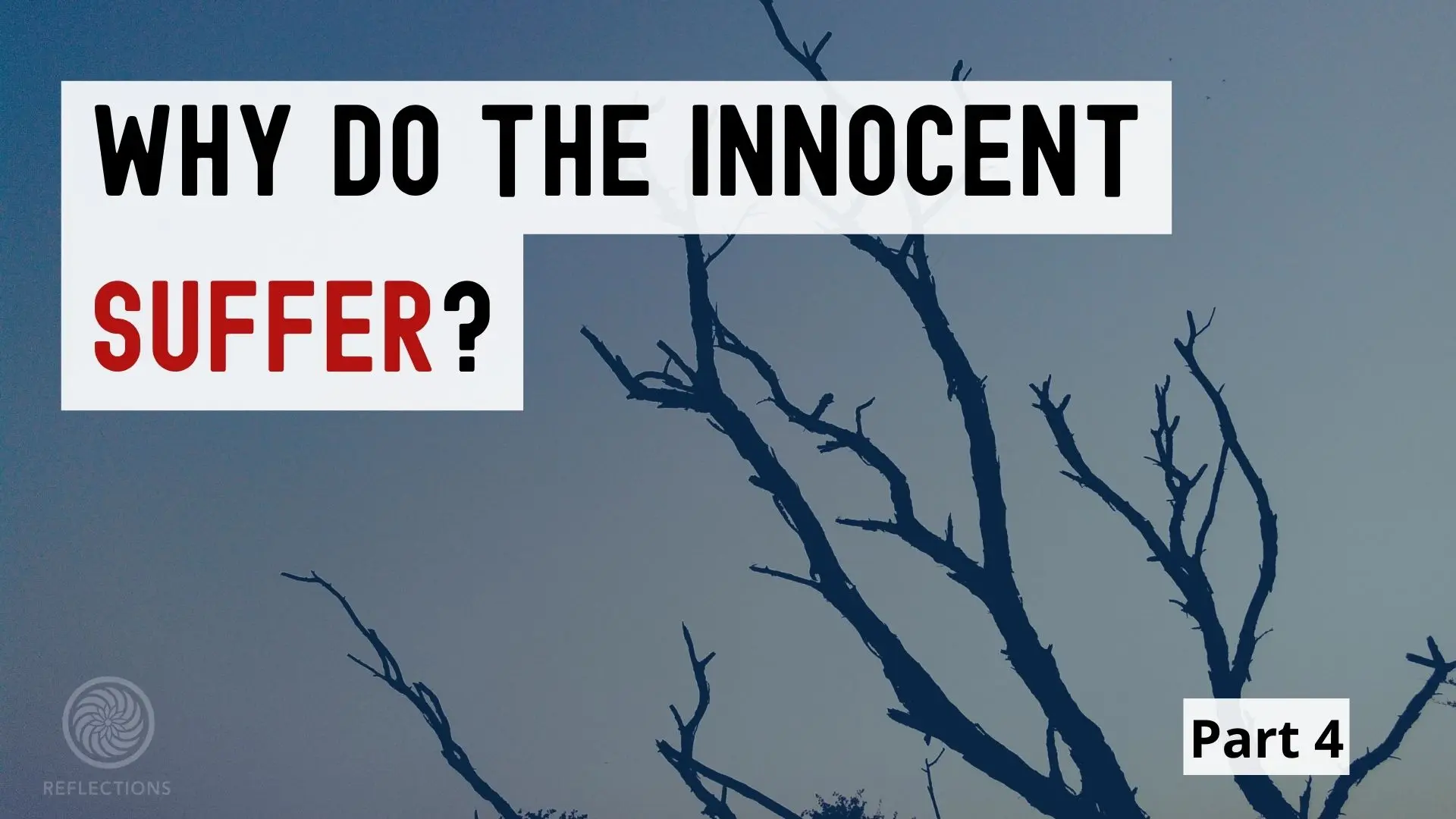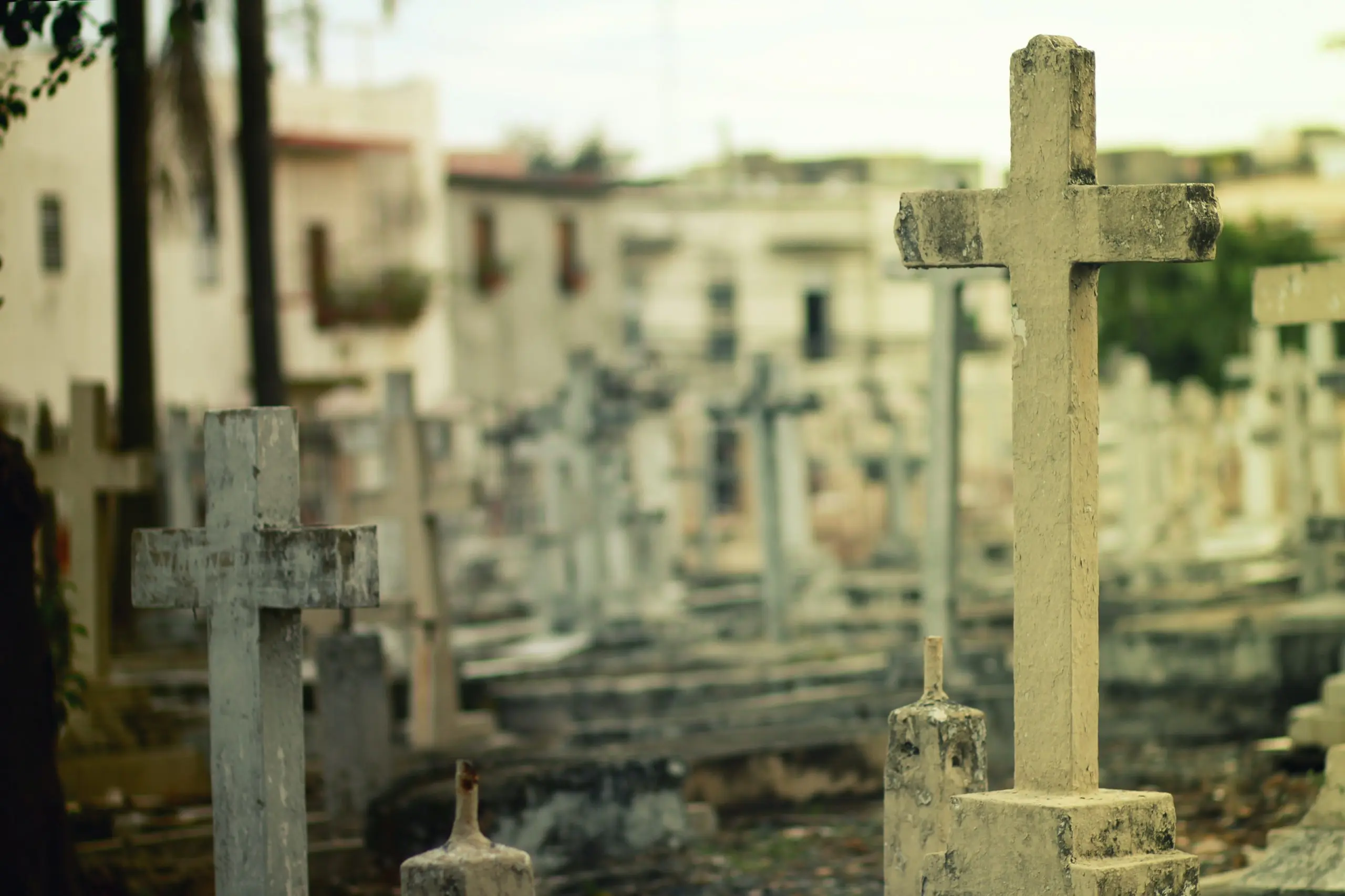Why hasn’t God put an end to evil?
If it were on our terms, we would eliminate the cruel world leaders, murderers, thieves, natural disasters, and diseases. But God’s approach is far more radical. He moves against all actual evil and all potential evil. God is not interested in a partial containment of evil, getting rid of the worst of the worst. He is going to stop all evil—and that evil runs deeper than we think.
The problem with our terms in eliminating evil is that we don’t see our own sinfulness. We clearly see the evil of others, but we don’t realize the deceitfulness of our own heart (Jeremiah 17:9). If God got rid of all actual evil, he would have to wipe out everything. If he got rid of the people we consider the worst, then there would still be potential evil, because our sinfulness would take the place of those whom He had gotten rid of.
The truth of the matter, then, is that God will get rid of evil one day. But in His mercy, He gives us a chance to come to Him. His timing is perfect and will give Him glory.
Purpose in Evil
Even though we would like to see all evil eradicated immediately, there is grace in its current continuation. Evil drives us to God. Often, when we are living a comfortable lifestyle, we think we don’t need God, or else we simply don’t think about Him at all. But when we see and experience pain and suffering, we are reminded that this world is not how it was originally created. We are waiting for restoration in Christ. As C. S. Lewis says in The Problem of Pain, “God whispers to us in our pleasures, speaks in our conscience, but shouts in our pains: it is His megaphone to rouse a deaf world.”
Consider this physical example. Pain is often a warning sign. We touch a hot surface, feel pain, and snatch our hand away. But without pain, we would not remove our hand, and great damage would be done. Likewise, some evil warns us of greater moral evil.
A broad, rich context is necessary to see the purpose of pain and evil. God has that full context; we do not. We see only bits and pieces of the greater story, which is why we need to trust Him.
The Greatest Good
Pain often serves to purify us and drive us closer to God. The life of Joni Eareckson Tada is an example of this. She lost all feeling of the majority of her body in a diving accident, and it drove her to God. She came to trust in and depend on Him. The pain she experienced taught her greater faith.
The faith we gain through suffering is something the prosperity gospel overlooks. The prosperity gospel claims that if you have great enough faith, you will be healed. It’s the idea of “believe and receive” or “name it and claim it.” And if you do not get your way, so the prosperity gospel claims, the problem is simply with your faith. But life is not that simplistic. God uses adversity and pain to shape us. Brokenness is the pathway to Christlikeness. If the world entirely goes our way, we will find only shallow satisfaction.
At the end of the day, we need to realize that everything God allows to go through works for our good (Romans 8:28). God has chosen a plan in which there is the greatest good possible.
To learn how God shapes us through our suffering, read Ken Boa and Jenny Abel’s Shaped by Suffering.
href="#" data-color-override="false" data-hover-color-override="false" data-hover-text-color-override="#fff">Button Text
Want to learn more about the Christian faith and how to defend it? Check out Ken Boa’s apologetics archives.



